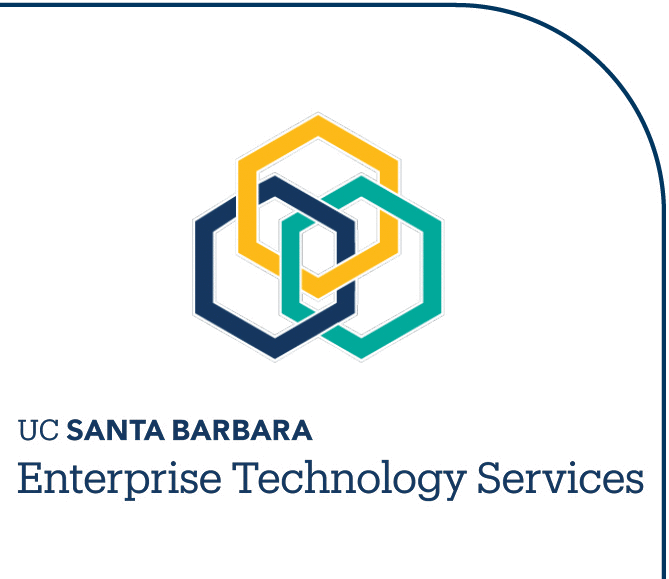Communications Services installs, repairs, and maintains over 5,000 faculty, staff, and residential voice lines, several miles of interbuilding fiber optic cable, and other communications-related services. On a typical day our staff is working on 100 to 300 requests for assistance from the campus, ranging from replacing the cord on a telephone handset today to preparing for installation of all the communications wiring in a new building a year from now.
Communications Services is required to recharge for its services. Thus, many types of service request will generate billing charges to a department.
Who Can Request a Work Order?
Because there is the potential for billing on any work order, all work order requests must specify a University account number or BARC billing number, and should originate from an individual with signature authority for that account.
How To Request Service
There are three ways to request service:
- If your request is for new telephone, fax, or cable television service, or a temporary telephone disconnection or reconnection, you can use our online
 .
.
- Alternatively, an individual with signature authority on the account to be charged may send an email request to [email protected].
The email should describe the work requested in as much detail as possible, and must contain a University account number or BARC billing number for the work order process to start.
- Work order requests can also be sent through campus mail to Communications Services, or faxed to extension 7272.
When a Service Request Generates a Work Order
Many types of service request generate a work order. A work order:
- Defines the scope of work to be performed.
- Tracks a job's progress to completion.
- Bills the correct department or vendor.
Not all requests to Communications Services require a work order. In general, work that requires a field technician to go on site requires a work order. That includes:
- Adding new telephone service
- Adding a new extension for an existing number
- Adding a new digital key system
- Adding new equipment to a digital key system
- Adding new cable television service
- Adding new Ethernet connections
- Changing the physical location of any existing service
When a Work Order Is Not Needed
Many requests do not need a work order, since they can be completed without an on-site visit. These include:
- Changing subscriber names that appear on your Communications Services billing statement
- Changing service billing to a new or existing account
- Adding, removing, or changing voice mail
- Adding, removing, or changing long distance calling cards
- Adding, removing, or changing authorization codes
Requests for service that do not require a work order but do incur costs or a change in billing responsibility must originate with an individual who has signature authority for the account concerned.
Requests for adding voice mail, calling cards, or authorization codes can be submitted using our online  . Other requests should be emailed to [email protected].
. Other requests should be emailed to [email protected].
Estimates
Communications Services will provide estimates when requested. Communications Services personnel will review the scope of work and provide an estimate in writing that will be honored for 60 days.
There is no charge to University departments for doing an estimate unless you proceed with the estimated work. In that case, time and materials needed to make the estimate are billed.
Note that estimates can add up to 30 days to the completion date of requested work.
When You Should Get an Estimate
Estimates are recommended for new digital key systems, requests for new cabling, moves of 10 or more telephones, or any project of unusual complexity.
When an Estimate Is Not Needed
While Communications Services will provide a formal written estimate any time it is requested, because of the added time and expense we do not recommend estimates for routine work. If you are not sure whether or not an estimate is appropriate, call our Customer Service section at extension 8700. We will review your proposed request with you and make a recommendation.
TAM

